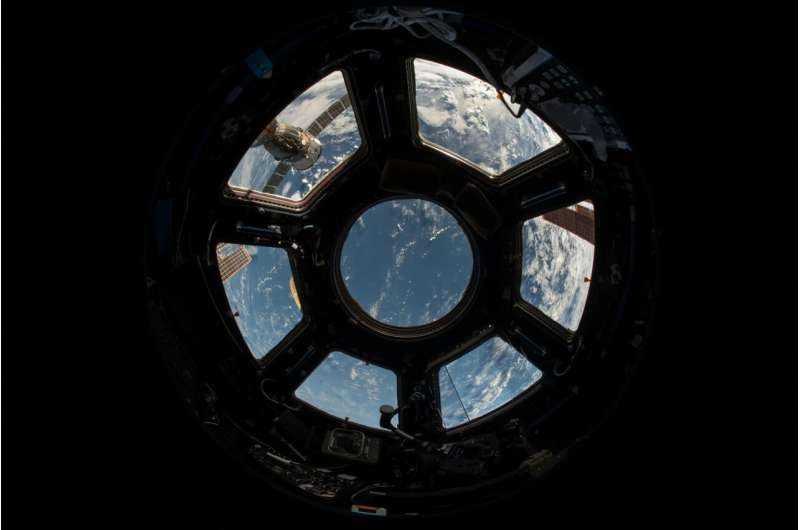6."
Wilmore is one of two NASA astronauts along with Suni Williams who flew up to the ISS aboard Starliner, which docked on June 6 on day after launching from Cape Canaveral Space Force Station atop a United Launch Alliance Atlas V rocket.
Because of issues with thrusters and helium leaks with Starliner's propulsion module, though, NASA kept delaying its return, which was originally supposed to occur after about eight days docked to the ISS. Instead, NASA has opted to send Starliner home without crew.
Williams and Wilmore will remain on the ISS joining Expeditions 71 and then 72, not flying home until next February as part of the SpaceX Crew-9 mission.
Starliner's departure will make room for Crew-9's Crew Dragon Freedom and its two crew of NASA astronaut Nick Hague and Russian cosmonaut Aleksandr Gorbunov. Crew-9 is flying up with just two instead of the normal four so that Williams and Wilmore can have a ride home.
Starliner, meanwhile, is targeting a landing after a six-hour flight back to Earth with a desert touchdown target of White Sands Space Harbor in New Mexico at 12:03 a.m. Sept. 7. After the parachute and air-cushioned landing, it will be shipped back to Boeing's Starliner factory at Kennedy Space Center.
Boeing was attempting to complete Starliner's Crew Flight Test, the first for the spacecraft with humans on board, so that it could be certified for regular service to the ISS alongside SpaceX's fleet of Crew Dragons as part of NASA's Commercial Crew Program.
The two companies won the contract back in 2014, awarding Boeing the greater amount of $4.2 billion and SpaceX getting $2.6 billion, each to fly an uncrewed test flight, a crewed test flight and six operational missions.
SpaceX managed to complete its crewed test flight in 2020 and has since flown up eight operational missions, having received further contract awards.
Certification of Starliner remains a question mark since the original contract called for the crewed test flight to manage both a flight up and down with astronauts. Boeing cannot collect on the majority of the $4.2 billion until certification is given and has spent more than $1.6 billion on development to date.
NASA still wants redundant services for the service as the ISS has an operational lifespan through 2030.
2024 Orlando Sentinel. Distributed by Tribune Content Agency, LLC.



